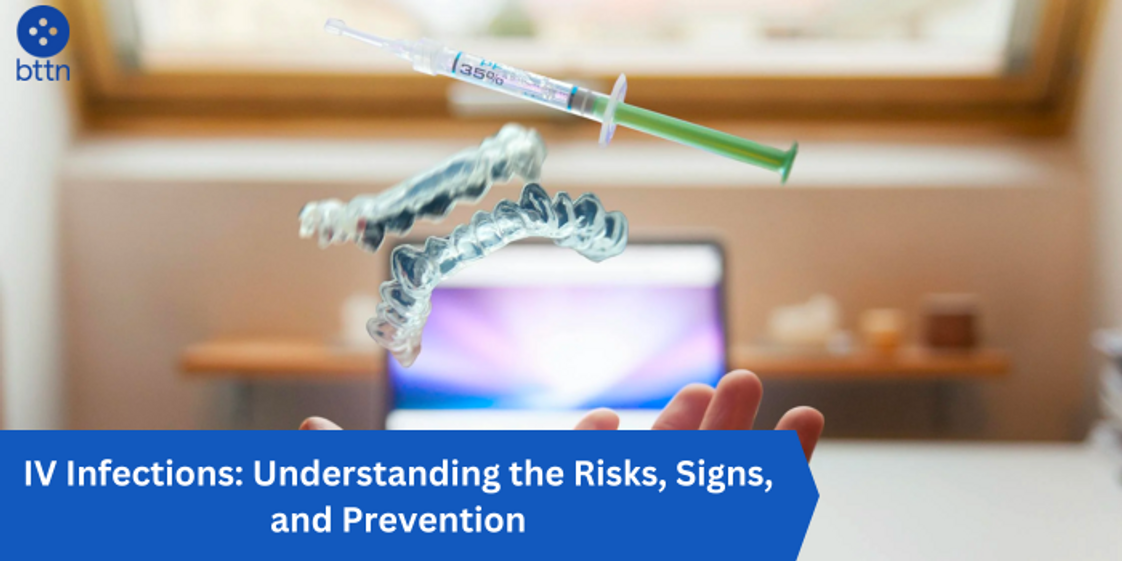
IV Infections: Understanding the Risks, Signs, and Prevention
Posted by Pankaj Dhiman on Nov 24th 2023
IV Infection: A Comprehensive Guide
Intravenous (IV) therapy is a crucial part of modern medical care, providing a direct route for administering fluids, medications, and nutrients to patients. However, this invasive procedure not without its risks. One of the most serious complications of IV therapy is infection, which can lead to a range of adverse health outcomes.
Understanding IV Infections
An IV infection, also known as catheter-related bloodstream infection (CRBSI), occurs when bacteria or other microorganisms enter the bloodstream through an IV catheter. These infections can range from mild to life-threatening, depending on the severity and the patient's underlying health conditions.
Must Read: IV Flush Syringe: Uses, Risks, Recalls, and Settlements
Causes of IV Infections
Several factors contribute to the risk of IV infections, including:
- Catheter insertion: The insertion of an IV catheter creates a breach in the skin's protective barrier, providing an entry point for microorganisms.
- Catheter contamination: Bacteria can contaminate the IV catheter during insertion, handling, or when preparing fluids or medications.
- Catheter colonization: Microorganisms can colonize the catheter surface, forming a biofilm that protects them from the body's immune defenses and antibiotics.
Must Read: Urinary Catheters: Uses, Types, and Complications
Symptoms of IV Infections
The symptoms of an IV infection can vary depending on the severity of the infection and the location of the catheter. Common signs include:
- Redness, swelling, or tenderness around the IV site
- Drainage of pus or fluid from the IV site
- Fever
- Chills
- Malaise (general feeling of discomfort or illness)
Must Read: Shop At Home Medical Test Kits: Top 10 Products
Prevention of IV Infections
Preventing IV infections is essential for patient safety. Healthcare providers employ a range of strategies to minimize the risk of infection, including:
- Hand hygiene: Proper hand hygiene is crucial for preventing the spread of microorganisms.
- Aseptic technique: Aseptic technique involves maintaining a sterile environment during catheter insertion, dressing changes, and fluid administration.
- Catheter care: Regular inspection and cleaning of the IV site help prevent contamination and biofilm formation.
- Catheter dwell time: Catheters should be removed as soon as they are no longer needed to minimize the risk of infection.
Must Read: Shop Hartmann USA Elastic Bandages
Treatment of IV Infections
Treatment for IV infections typically involves:
- Antibiotics: Antibiotic therapy is used to eradicate the microorganisms causing the infection.
- Catheter removal: The IV catheter is removed to prevent further contamination and allow the infection to clear.
- Supportive care: Supportive care may include monitoring vital signs, maintaining fluid balance, and providing pain management.
Conclusion
IV infections are a serious complication of IV therapy, but they can be largely prevented through a combination of infection prevention strategies and prompt treatment. Healthcare providers play a crucial role in educating patients about IV infection risks and implementing effective prevention measures. By understanding the causes, symptoms, and prevention of IV infections, patients can actively participate in their care and promote their own safety.





























































